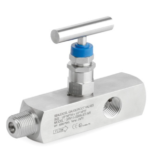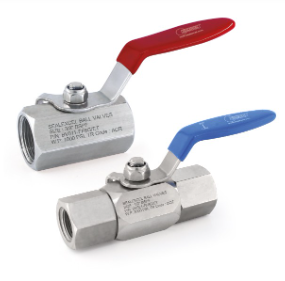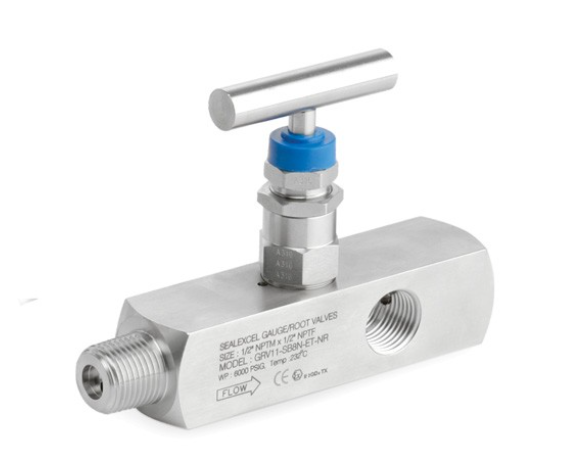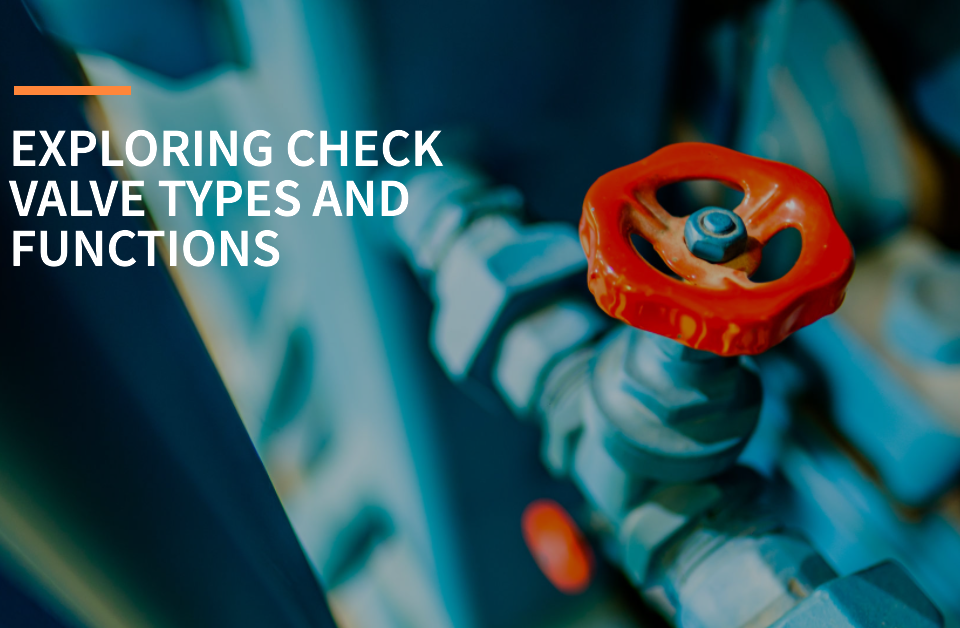
Check Valve: Exploring Types and Functions
June 28, 2023
Understanding Pressure Gauge with Ball Valve: A Comprehensive Guide
August 5, 2023Ball valves are essential components in various industrial applications, known for their reliable shut-off capabilities and smooth operation. Understanding the manufacturing process of these valves is crucial to appreciate their significance and reliability. In this blog, we will explore what a ball valve is, delve into the manufacturing process, and examine the materials used for the ball, along with their respective pros and cons. Additionally, we will highlight the exceptional features of Sealexcel ball valves, making them the best choice for your fluid control needs.
What is a Ball Valve?
A ball valve is a type of quarter-turn valve that uses a spherical disc (the ball) to control the flow of fluids or gases. The ball has a hole through its center, allowing fluid to pass when aligned with the flow path and blocking it when rotated 90 degrees. This simple yet effective design offers quick shut-off capabilities, minimal pressure drop, and excellent durability.
How are Ball Valves Manufactured?
The manufacturing of ball valves involves several intricate steps to ensure precision, quality, and reliability. Below is an overview of the typical manufacturing process:
Material Selection:
High-quality materials are chosen based on the application and the fluid being handled. Common materials include stainless steel, brass, bronze, and various alloys.
Casting or Forging:
The selected material is either cast or forged into the desired shape of the valve body. Casting is the process of pouring molten metal into molds, while forging involves shaping the metal through controlled compression.
Machining:
The valve body undergoes precision machining to create the necessary cavities and passages for the ball, stem, and seats.
Ball Production:
The ball is manufactured separately using precision machinery to ensure its perfect spherical shape and dimensional accuracy.
Assembly:
The ball, stem, seats, and seals are assembled into the valve body, and the ball is inserted into the cavity.
Testing:
Each valve undergoes rigorous testing to ensure proper functionality, leak-tightness, and pressure handling capabilities.
Finishing:
The valves are cleaned, deburred, and coated or painted to protect them from corrosion and enhance their appearance.
Materials Used for Ball Valve Balls and Their Pros and Cons:
Stainless Steel:
Pros: Excellent corrosion resistance, suitable for a wide range of applications, durable, and low maintenance.
Cons: Relatively expensive compared to other materials.
Brass:
Pros: Cost-effective, suitable for low to medium pressure and temperature applications, and has good malleability.
Cons: Less corrosion resistant compared to stainless steel, not recommended for aggressive media.
Bronze:
Pros: Good corrosion resistance, suitable for marine applications, and has moderate strength.
Cons: Less durable than stainless steel and may not be suitable for high-pressure applications.
Conclusion:
Ball valves play a vital role in controlling fluid and gas flow in various applications, and understanding their manufacturing process sheds light on their reliability and efficiency. The material used for the ball significantly impacts the valve’s performance, making stainless steel a popular choice due to its corrosion resistance and durability. For the best-in-class ball valves, Sealexcel stands out as a brand that prioritizes quality and innovation, making them the top choice for fluid control solutions.
When it comes to premium ball valves that excel in performance, reliability, and durability, look no further than Sealexcel ball valves. With a commitment to excellence and precision engineering, Sealexcel offers a diverse range of ball valves crafted from high-grade stainless steel, ensuring unmatched corrosion resistance and exceptional longevity. Whether it’s for industrial, commercial, or residential applications, Sealexcel ball valves deliver optimal performance, leak-tight operation, and ease of maintenance. Choose Sealexcel for all your fluid control needs and experience the finest quality ball valves the industry has to offer.



